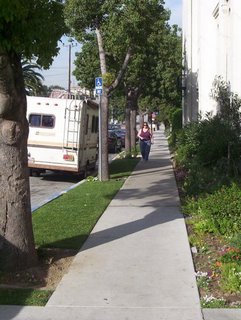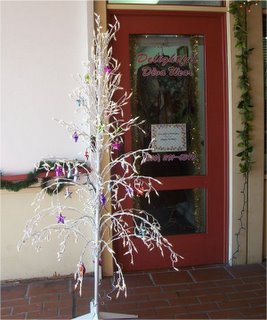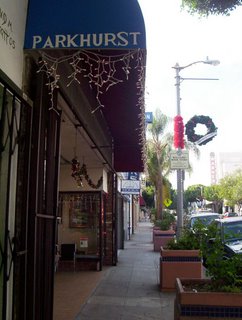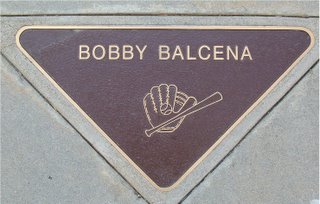Xerox and Clinic Engage in the Great Copier War
 The Harbor Free Clinic, which dispenses free medical care to area residents from its offices at the corner of 6th St. and Grand Ave. in San Pedro, is in a legal battle with the Xerox Corporation that puts the Clinic's ability to operate in jeopardy. According to local newspaper Random Lengths, Xerox emptied the Clinic's bank account last November after filing a lawsuit to recover money allegedly owed to Xerox for the lease of a copy machine. The Clinic's representatives argue that they believed the machine had been donated, and no money was owed.
The Harbor Free Clinic, which dispenses free medical care to area residents from its offices at the corner of 6th St. and Grand Ave. in San Pedro, is in a legal battle with the Xerox Corporation that puts the Clinic's ability to operate in jeopardy. According to local newspaper Random Lengths, Xerox emptied the Clinic's bank account last November after filing a lawsuit to recover money allegedly owed to Xerox for the lease of a copy machine. The Clinic's representatives argue that they believed the machine had been donated, and no money was owed.In a telephone interview, Clinic Director Michele Ruple said this legal move means the Clinic will have difficulty paying salaries and other operating expenses. During the middle of January, however, reports Random Lengths ("Xerox Puts the Squeeze on Harbor Free Clinic," Jan. 20-Feb. 2, 2006), the Clinic received a reprieve from Superior Court Judge Peter J. Mirich when they agreed to pay some of Xerox's legal fees. Ruple acknowledged that will give the Clinic some breathing room, but there was no guarantee the non-profit organization could stay in business if Xerox continues to apply severe pressure. The total amount Xerox is now claiming it is owed is around $30,000. That amount does not include the Clinic's own legal fees.
Ruple claims she and members of her Board of Directors were stunned when notices arrived last Spring from Xerox demanding payment for months of unpaid bills. Several people in the organization, Ruple said, then attempted to contact Xerox, but were ignored. Random Lengths reports that the Clinic's chief financial officer, Rick Paares, had not received a single response to his telephone calls and letters. Several months later, Xerox turned the matter over to their collection agency and eventually filed a lawsuit.
Xerox representative Carl Langsenkamp, however, said the issue is not simply a case of a faceless corporation putting the screws to a hapless non-profit. Langsenkamp said Xerox "offered numerous times" to resolve the issue. "We feel we have negotiated in good faith," he said. Additionally, he said that it is "not the case that no calls were returned."
Langsenkamp added that though Xerox respects the financial needs of the Clinic, there should have been no confusion about whether the copier was leased or donated because the Clinic actually made some payments on the copier. Random Lengths quotes the Clinic's Paares as saying, "We never received a single bill." Director Ruple says the Clinic's location is relatively new, and the bills may have been sent to the current address while actual operations were still occurring at the old facility.
How can the two organizations make such conflicting claims? Part of the answer may lie in the Clinic's change of location and personnel. Former Clinic Director Louis Dominguez said he originally spoke to Xerox. The Clinic had received a copier that was far too big for their use, and so they approached Xerox about trading in for a smaller unit. At that time, says Dominguez, Xerox agreed to allow the Clinic to have the copier with the stipulation they would only pay for actual usage. It is possible the individuals who forged the original agreement no longer remain with either the Clinic or Xerox, and the details fell through the cracks in both organizations.
While the legal battle heats up, the Clinic will continue to provide free medical services to the people of San Pedro. As Director Ruple is quick to point out, it is the working poor who use the Clinic's services most frequently. These are men and women (and their families) who have jobs, but no health coverage. No matter who wins this legal struggle, these people--our neighbors--will still lack all but the most basic health care. And that is another story.












